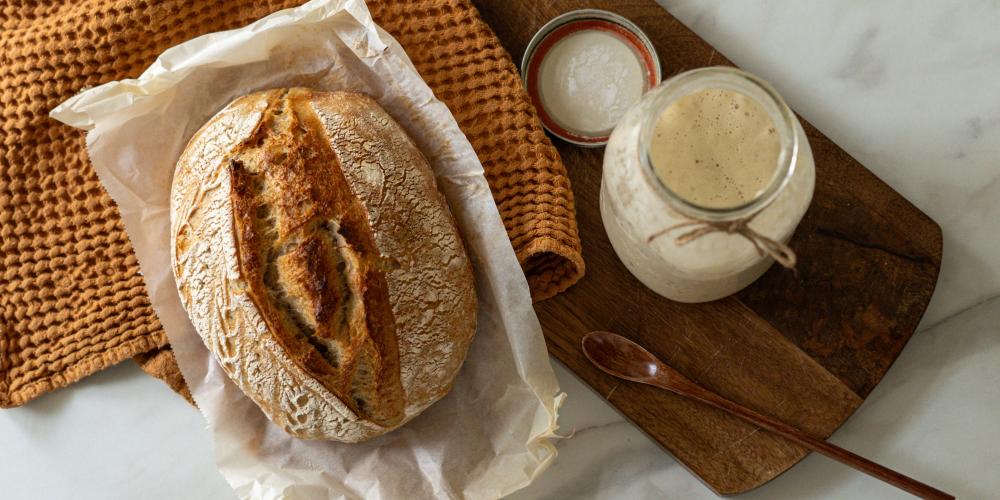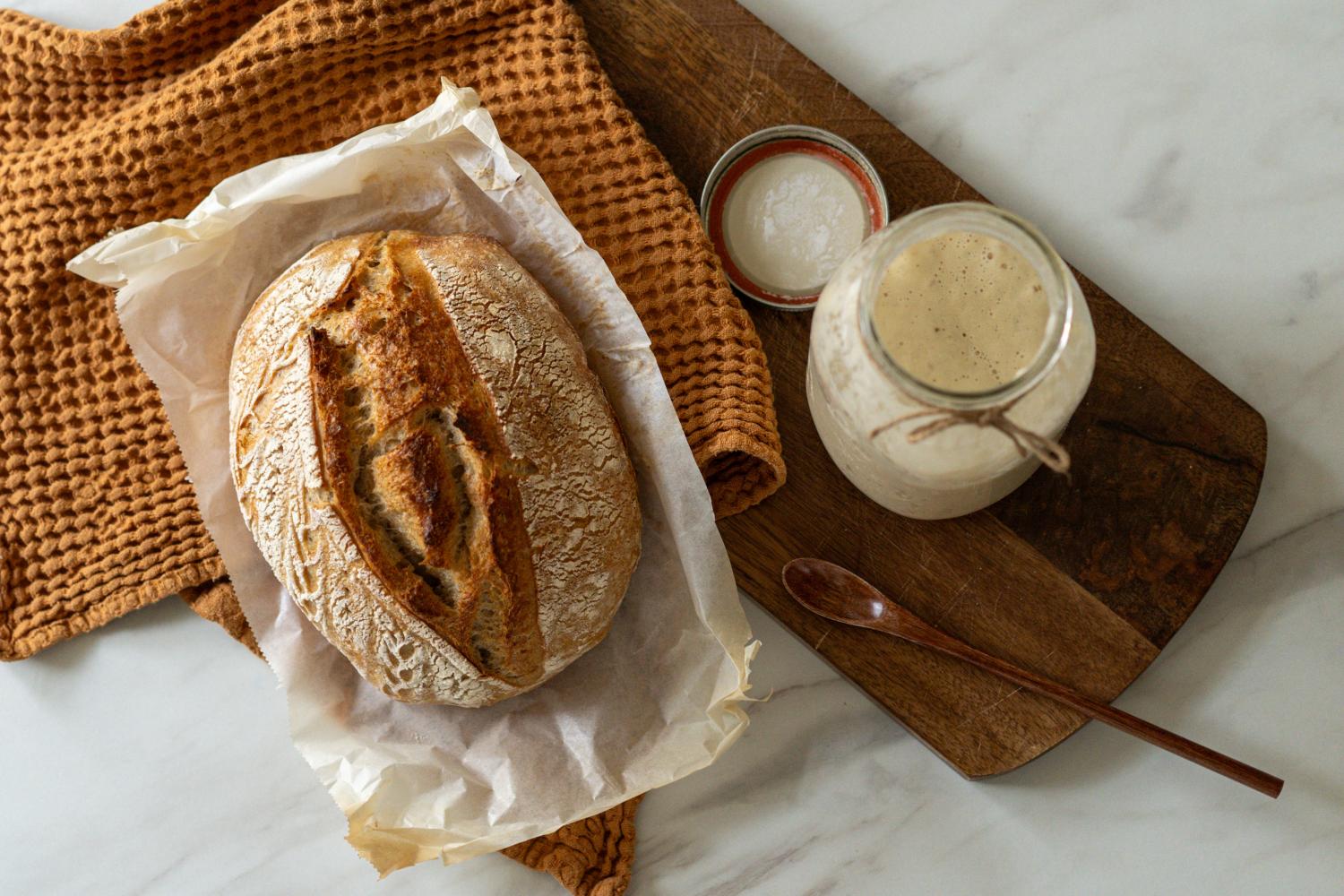

Bread has been a staple food for thousands of years, and in recent times sourdough bread has been making a comeback. It is regarded as natural, nutritious, and full of flavour. But what exactly happens during this complex fermentation process? And how do wheat fibres influence bread quality? These questions were at the heart of the doctoral research conducted by Víctor González Alonso, a researcher at the Vrije Universiteit Brussel (VUB). He studied the role of arabinoxylans, a specific group of dietary fibres in wheat, during sourdough fermentation.
“Wheat provides a large share of the calories and fibre consumed in Europe”, González Alonso explains, “and arabinoxylans play an important part in this. They help determine the structure and quality of bread.”
Arabinoxylans (AX) come in two forms: water-extractable (WE-AX), which have a positive or neutral effect on dough, and water-unextractable (WU-AX), which can reduce bread quality. Until now, it was largely unclear how the microorganisms in sourdough interact with these fibres. González Alonso analysed the fermentation process in various types of flour, some enriched with additional AX. He monitored the microbial communities using advanced DNA techniques and metabolite analyses.
“We observed that sourdoughs develop into stable microbial ecosystems, with lactic acid bacteria and yeasts in a complex balance”, he says. “A higher fibre content barely altered this process, although we clearly demonstrated that sourdough fermentation converts part of the WE-AX into WU-AX.”
Strikingly, this breakdown was not mainly caused by the bacteria themselves, but rather by enzymes already present in the wheat, which become activated in the acidic environment. As a result, the fibre molecules become smaller, potentially affecting the bread’s digestibility and texture. Moreover, some bacteria were found to produce interesting flavour compounds: Lactococcus lactis created buttery aromas, while Limosilactobacillus fermentum generated sugar alcohols that may give the bread a subtly sweeter note.
The research did not remain confined to the laboratory. On a pilot scale, actual bread was baked using high-AX wheat flour. The outcome: sourdough loaves that were not only more nutritious but also offered new dimensions of flavour.
“Sourdough remains a fascinating interplay of biology and craftsmanship”, González Alonso concludes. “And our research shows that sourdough fermentation influences wheat fibres to a greater extent than previously thought.”
More information
Victor González Alonso: Victor.Gonzalez.Alonso@vub.be, victor.glez1994@gmail.com
Impact of arabinoxylan-enriched wheat flour on sourdough production